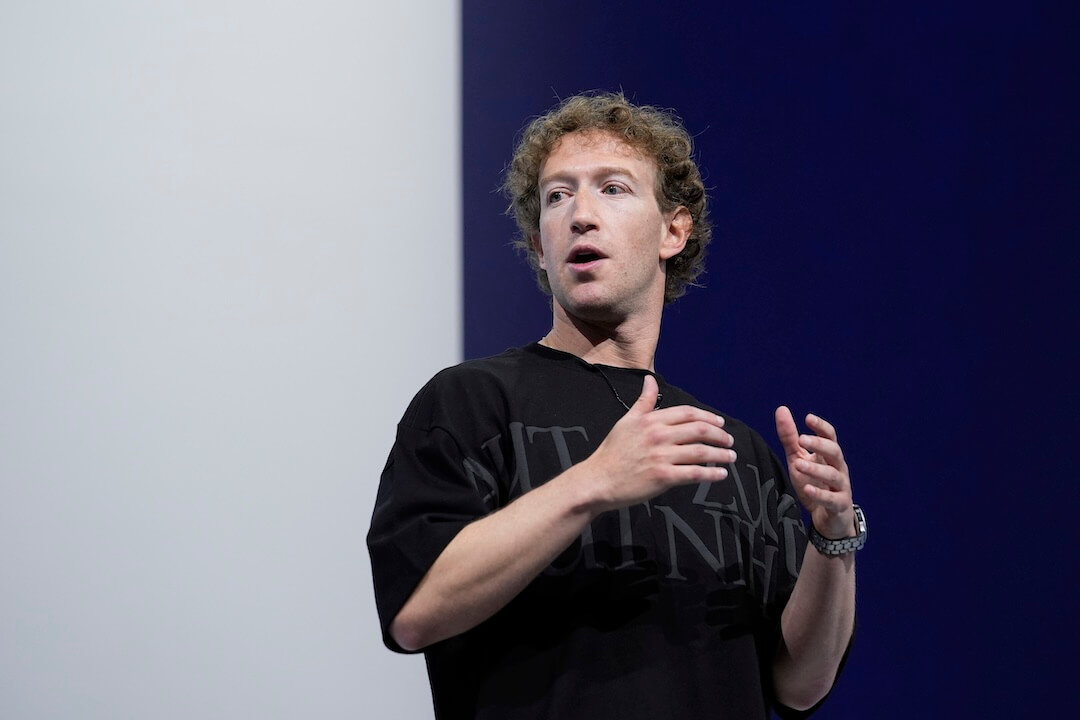
To target your posts for readers with specific interests, go to your page on Facebook and click the target icon. Then, select “interests” and type in the selected topic. (Screenshot from Facebook)
In today’s unbundled media landscape, where news organizations slice and dice their audiences with newsletters, apps, social media accounts and verticals, Facebook has given publishers another tool to segment their followers: interest targeting.
In December, Facebook began allowing page owners to target different segments of their audiences with posts based on their readers’ interests. Interest-based targeting, which was previously made available to advertisers, is now being used for free by news publishers to find specific niche audiences among their respective readerships. The tool allows publishers to increase the likelihood that users who follow their page will see a post that’s aligned with their stated interests.
One such publisher is The New York Times, which has been experimenting with the tool to share its arts and culture coverage during the last few months. Staffers decided the tool would work best if they tried targeting hyper-passionate fan groups, so they decided to share The Times’ TV show recaps with users who self-identified as fans of those programs.
The result? The content, which is being shared to a relatively smaller group than The New York Times’ entire Facebook following — just people who have liked The New York Times and The Walking Dead, for example — has seen higher levels of engagement, on average, than non-targeted posts. In some cases, the paper has seen spikes in engagement that sometimes reach 30 to 40 times what a normal post would elicit.
“Our hypothesis is that even though we’re sort of narrowing our overall reach, potentially, the tool is seemingly getting it in front of the right people,” said Cynthia Collins, social media editor at The New York Times.
Facebook’s internal numbers point to a higher rate of engagement for posts that are interest targeted, too. According to data provided by the company, for the top 100 pages that used interest targeting during the last 30 days, interest-targeted posts received about 290 percent more likes per impression, 79 percent more comments per impression and 54 percent more shares per impression than non-targeted posts from those pages.
Even though the engagement rate is generally higher for targeted posts, The Times uses the feature sparingly in order to preserve a sense of spontaneity in its Facebook feed, Collins said. Staffers still want readers to encounter Times stories in their Facebook news feed that lie beyond their stated interests, learn new things and read the paper’s core news report — just as they would if they’d picked up the print edition of the newspaper. The New York Times currently targets about five percent of its Facebook posts, and shares the rest of the content to its general following.
So far, most of the New York Times’ targeted posts have been focused on pop culture, but the paper has been experimenting with other fan communities, too. In one instance, the paper shared a two-part series on women in Afghanistan with followers of Times columnist Nick Kristof, who has more than 600,000 likes on Facebook. The Times also tried interest-targeting several NCAA basketball posts during the recent March Madness tournament and is considering experimenting with more targeted sports posts in the future.
Sports targeted posts have been a focus for Vox Media sports network SB Nation, which shares different posts with fans of various teams and players. Followers of SB Nation’s page are divided by allegiances to their respective franchises, so the outlet uses that to its advantage, said Michael Katz, SB Nation’s engagement editor.
“Sports are super tribal and you can see it in the engagement — likes, shares and clicks, sure, but even the quality of comments — when Facebook posts find a concentrated audience of people who care about a topic,” Katz told Poynter in an email.
The other advantage is that publishers can use the feature to exclude readers who would be uninterested in posts that are meant for a specific audience, he said. By way of example, he cited recent posts on Wrestlemania that found “a huge appetite” among fans of WWE and didn’t clutter up the News Feeds of non-fans. Similarly, the feature allows The New York Times to share more articles per day than it otherwise would because it permits editors to select a narrow subset of readers without burying the page’s general audience in a deluge of posts.
Another publication that’s found success with interest targeting targeting is U.S. News, which began using the feature in early January to share some of its education content. Like fans of TV shows and sports teams, many college alumni strongly identify with their alma mater, so they were a natural audience to target with U.S. News’ university rankings, said Lauren Boyer, the social media editor at U.S. News.
“If you see your college on one of those lists, you’re going to want to tell all of your friends, you know, ‘my college is the best,'” Boyer said.
So, Boyer began sharing Best College lists for various regions of the country targeted to the followers of the top five schools on the list. After that, she repeated the experiment with different lists and different colleges, trying to surface the content in the News Feeds of followers who might be interested the most. Her efforts resulted in higher referral traffic than the average Best College post and a higher engagement rate, Boyer said.
Although the targeted Best College posts worked out for U.S. News’ education content, Boyer cautioned that increasing referral traffic with a targeted post is tricky because it involves narrowing your potential audience. Ginning up traffic “really hinges on how well you know an audience for a particular story and your ability to find that audience within your existing fanbase,” she wrote.
“With any targeted post, we typically notice that the engagement rate (percentage of people reached who actually click, like or share the post) is much higher,” she wrote. “It doesn’t always convert to large traffic, but there’s still value. A story could be widely shared among a small niche of people, and that’s valuable too — for brand awareness reasons.”
Correction: A previous version of this article said The New York Times tried interest-targeting an article for the NCAA men’s basketball tournament. In fact, the Times shared multiple interest-targeted posts for the tournament. A previous version of this post also said that SB Nation tried interest-targeting a post for “Wrestlemania.” In fact, it shared multiple interest-targeted posts for the event. Further, this article stated that the Times expected users to visit its Facebook page to encounter its content. In fact, users primarily interact with posts in their news feeds.







Comments